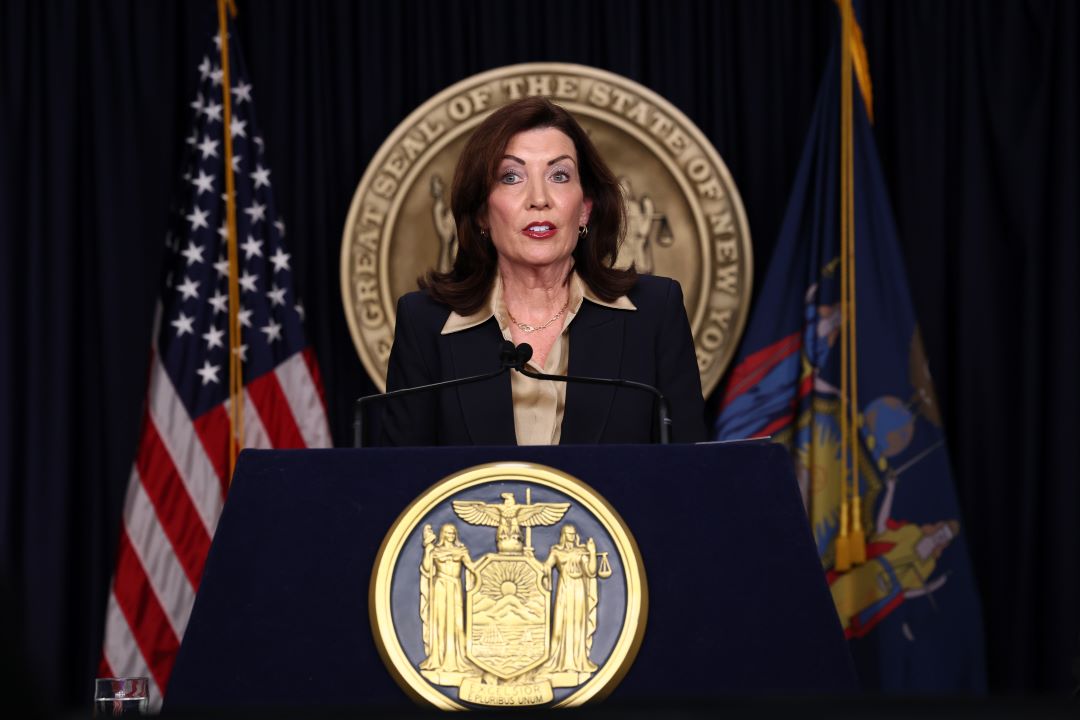Before COVID-19, employment in New York was at a record high, with nearly 4.1 million private-economy jobs. And one of the biggest engines of growth was a career opportunity that has existed since Roman times: the supposedly humble job in a store. Without a fast revival in core Manhattan, many of these jobs are in peril — as are the outer-borough neighborhoods where retail workers live.
For the three decades since the 1990 recession, retail was an unheralded Gotham success story. Between 1993, when jobs hit a record low, and 2015, when retail employment peaked, the industry grew by more than 50 percent, to more than 352,000 jobs, from 234,000. Yes, Amazon introduced brutal competition, but the industry held its own, keeping more than 346,000 jobs at the end of 2019, or nearly 9 percent of total jobs.
Working retail is often a job for people who have never had a job before, or for people who haven’t worked in years. Retail helped push the share of New Yorkers who are connected to the labor force to 63.6 percent last year, slightly above the 63 percent national average. In 1990, by contrast, the share of New Yorkers in work or looking for work was only 61.7 percent, below the national 66.4 percent figure.
Sure, people shop in their neighborhoods. But as a new report from state Comptroller Tom DiNapoli’s office makes clear, without dense Manhattan, tens of thousands of retail workers would have to find another line of work.
Manhattan has only 20 percent of the city’s population, but it boasted 157,000 retail jobs, or nearly half the city’s total — that is, until the pandemic and lockdowns hit. Midtown, Clinton and Chelsea alone had more than 68,000 retail jobs, or one out of every five in the city.
Midtown retail depends on Midtown’s unique concentration of residents, workers, tourists and business travelers. A separate report by NYC & Co, the city’s tourism arm, estimates that tourists and travelers spent about $8.9 billion shopping in 2018, or 16 percent of the total $55 billion in sales.
Now, visitors and commuters are gone, as boarded-up stores or stores that close early each evening attest. As for November, the retail industry was missing 41,400 jobs, compared with the previous November. It’s a safe bet that the losses are concentrated in Manhattan.
But who suffers most? Nearly 215,000 prepandemic retail workers lived in the city; the rest commuted from suburbs. They live predominantly in the boroughs.
As the comptroller’s report notes, the neighborhoods with the highest share of residents in the retail industry are The Bronx’s Belmont, Crotona Park East and East Tremont, with 10.8 percent of workers — 7,450 people — dependent on retail work. In Elmhurst and Corona in Queens, the number is 7,603 people, or 9.1 percent. By contrast, fewer than 2 percent of Upper West and Upper East Siders work in retail.
These aren’t bad jobs. A city resident who works in retail earns an average of $40,000, including part-time workers. Coupled with federal tax credits for working parents and restrictions on rent in a third of Gotham homes, retail jobs represent a stable living, a stable commute to a fixed location, generally pleasant and safe working conditions and room to move up.
Without a thriving Manhattan, these jobs won’t come back. We need our tourists and commuters, but in the meantime, the city must improve the now-forgotten borough’s quality of life. Luxury retailers have been plagued by grab-and-run robberies; thieves know that nobody is doing jail time for theft.
There are serious problems, such as the mentally ill and addicted panhandlers who greet anyone coming to Manhattan via Grand Central, Penn Station or the Port Authority. But even the random metal barriers all over Midtown are a deterrent to a long walk.
Ten months into the pandemic, the city still hasn’t stepped in with a consistent, voluntary mediation process to cut retail rents. Broke retailers that were closed for months can’t pay 2019-level rents. But an incentive, such as property-tax deferral, may help small property owners accept reality faster.
As the comptroller’s report notes, “Retail is an important part of the fabric of New York City, and a true return to normal cannot be achieved without a robust and diverse retail sector.” Nor will full employment for fragile neighborhoods come back.
This piece originally appeared at the New York Post
______________________
Nicole Gelinas is a senior fellow at the Manhattan Institute and contributing editor at City Journal. Follow her on Twitter here.
This piece originally appeared in New York Post


